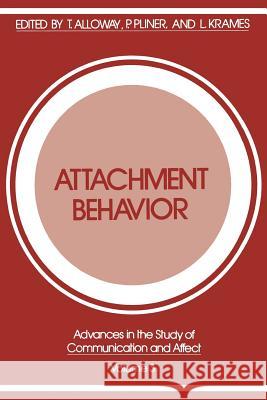Attachment Behavior » książka
topmenu
Attachment Behavior
ISBN-13: 9781461341895 / Angielski / Miękka / 2012 / 230 str.
Kategorie BISAC:
Wydawca:
Springer
Seria wydawnicza:
Język:
Angielski
ISBN-13:
9781461341895
Rok wydania:
2012
Wydanie:
Softcover Repri
Numer serii:
000224580
Ilość stron:
230
Waga:
0.33 kg
Wymiary:
22.86 x 15.24 x 1.32
Oprawa:
Miękka
Wolumenów:
01
Dodatkowe informacje:
Wydanie ilustrowane











